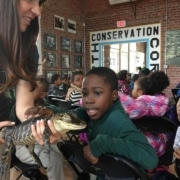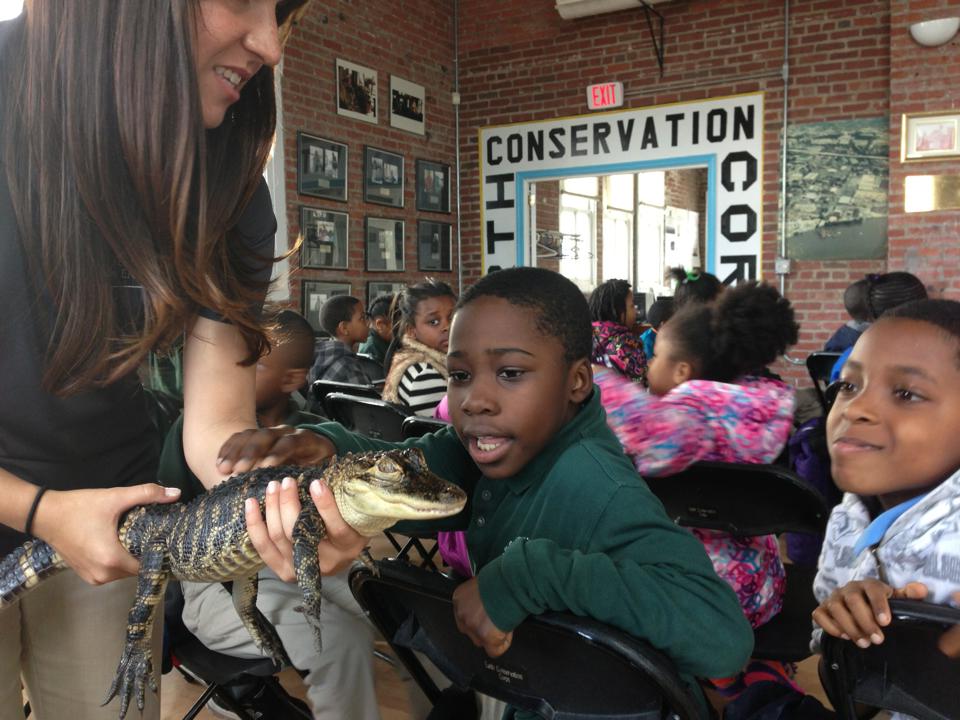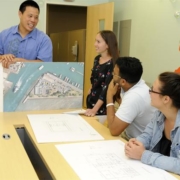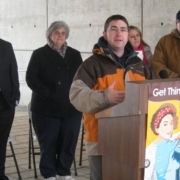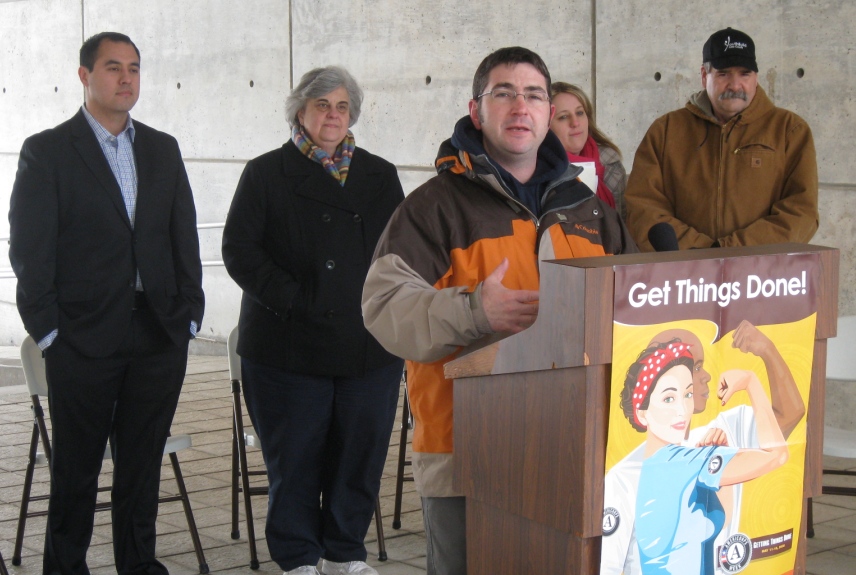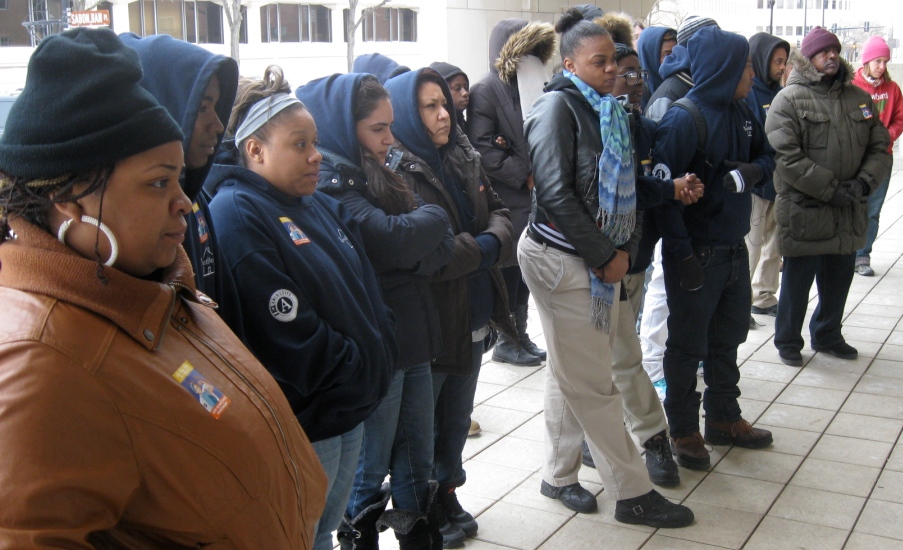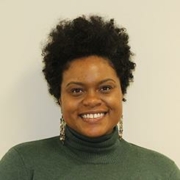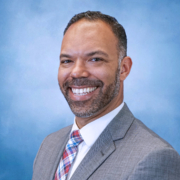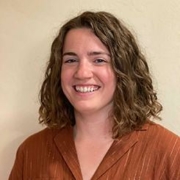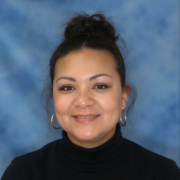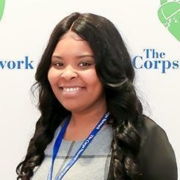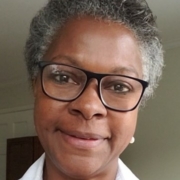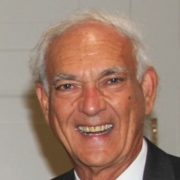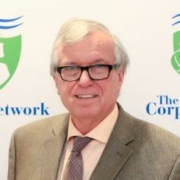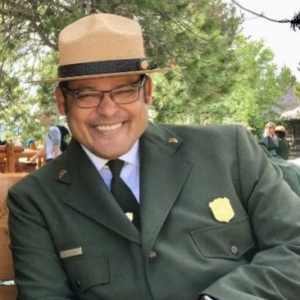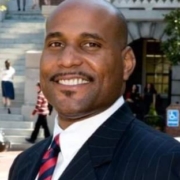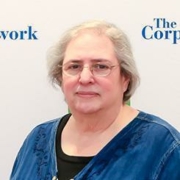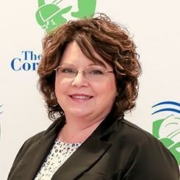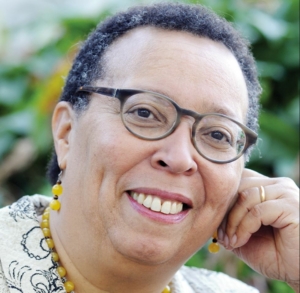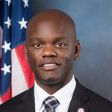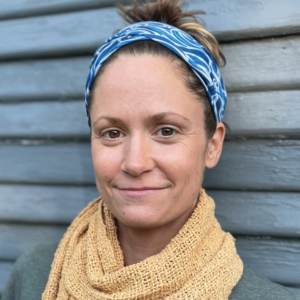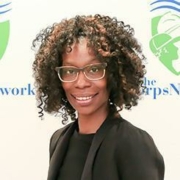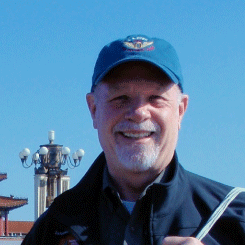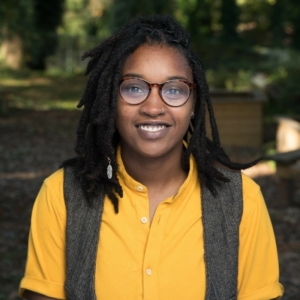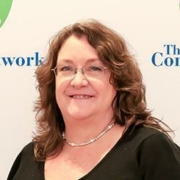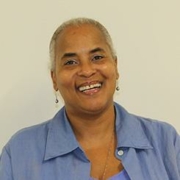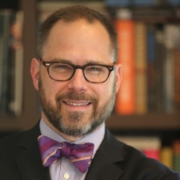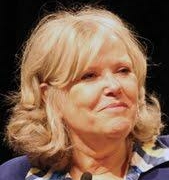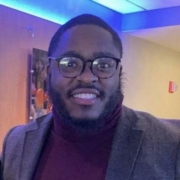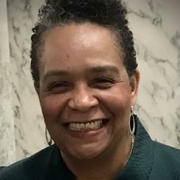What is the Common Core Initiative?

This week, members of The Corps Network staff attended an AEI (American Enterprise Institute) research conference on the implementation of the Common Core State Standards (CCSS). The Common Core is an education initiative to align K-12 curricula across the country. The goal is that every student will receive a meaningful high school diploma that guarantees they have a certain level of ability that would be expected in college or desirable to an employer (see below for more information on what the Common Core State Standards entail).
So far, 45 states and the District of Columbia have adopted the initiative. With the new Standards, states will be required to administer new assessments to measure student achievement. Though a test has not been created, the first formal assessment is expected to happen as soon as the 2014 – 2015 school year. This compressed timeline leaves many educators questioning whether the Standards will be effectively implemented and how successful CCSS will be.
Panelists at the AEI event came to the conclusion that implementing the initiative will face a number of challenges as it interacts with existing school policies and other education reform initiatives. Issues and concerns the panelists discussed included: 
- How will charter schools react to the Initiative? Charter schools are somewhat based on the idea that standardized schooling is flawed. Will charters reject the Common Core Standards out of fear that it would restrict their freedom to choose their own curriculum and teaching methods? Or, since all states and districts will be more closely aligned under the Common Core, will charter schools embrace the standards as a way to prove their methods are more effective than those used in mainstream schools?
- The Common Core requires teaching a certain level of computer skills (keyboard use, etc.), and it seems likely that new state assessments will be administered on computers. How will this affect the already large “technology gap” between poor schools and wealthy schools?
- Though implementation of the Standards is still just beginning, schools will begin formally testing students to see if their achievement levels have changed. How will we know if these assessments are really measuring student achievement in ways similar to how states measured achievement in the past? How soon will schools start looking at test results when making high stakes decisions about teacher hiring and firing?
- Are teaching schools keeping up with the changes? Are teacher training methods reflective of the Common Core State Standards?
- How will teachers respond to the Standards? Will they need to change any of their teaching methods? How will they react to working closely with other teachers?
- CCSS places an emphasis on making sure students are exposed to increasingly difficult texts throughout their educational career. The Standards also require that students learn how to really interact with a text and analyze it, rather than just write about how the text makes them feel. Are students at a level where they are capable of handling this transition?
What is the Common Core State Standards Initiative?
It is an education initiative that follows the idea that all students across the country should have a common core of knowledge that prepares them for higher education or the workforce. A high school diploma from any school, city, or state should guarantee that the recipient is literate and can compete in the job market. Historically, states have had vastly different standards for what a competent student should be able to do and understand; CCSS seeks to bring these standards into alignment.

There are currently Standards for math and English language arts (Standards for science and social studies do not exist yet). They were released in June 2010 and most states adopted them within a few months. States that adopted the Standards or a similar college and career readiness curriculum were eligible for federal Race to the Top Grants. All states that adopted the initiative plan to have 85 percent of their curricula on the Standards by 2015.
The CCSS initiative is more about prescribing what a student should be able to do rather than saying students should know specific facts or texts. For example, there are no reading lists to accompany the reading standards; rather, students are simply expected to read a wide range of classic and contemporary work that challenges their ideas and perspectives.






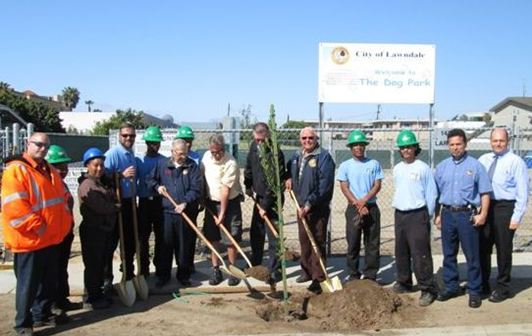
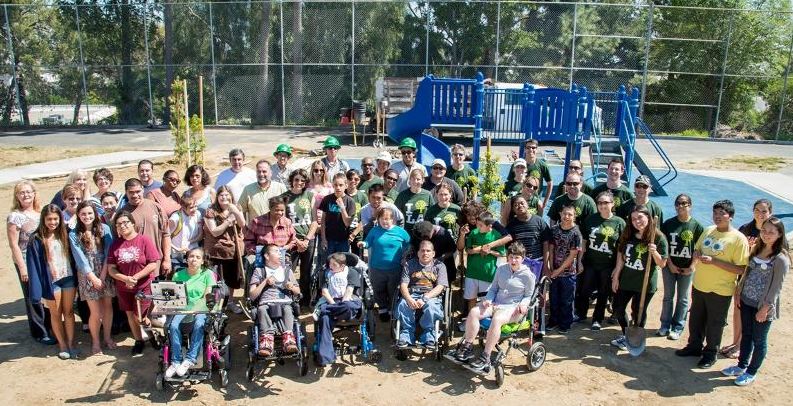
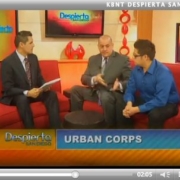

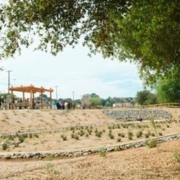
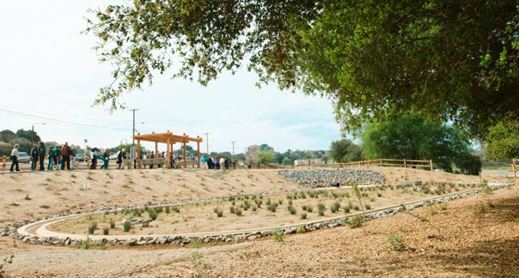
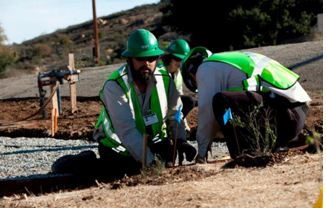

 Q&A: Greg Markle helps dropouts get a Fresh Start
Q&A: Greg Markle helps dropouts get a Fresh Start